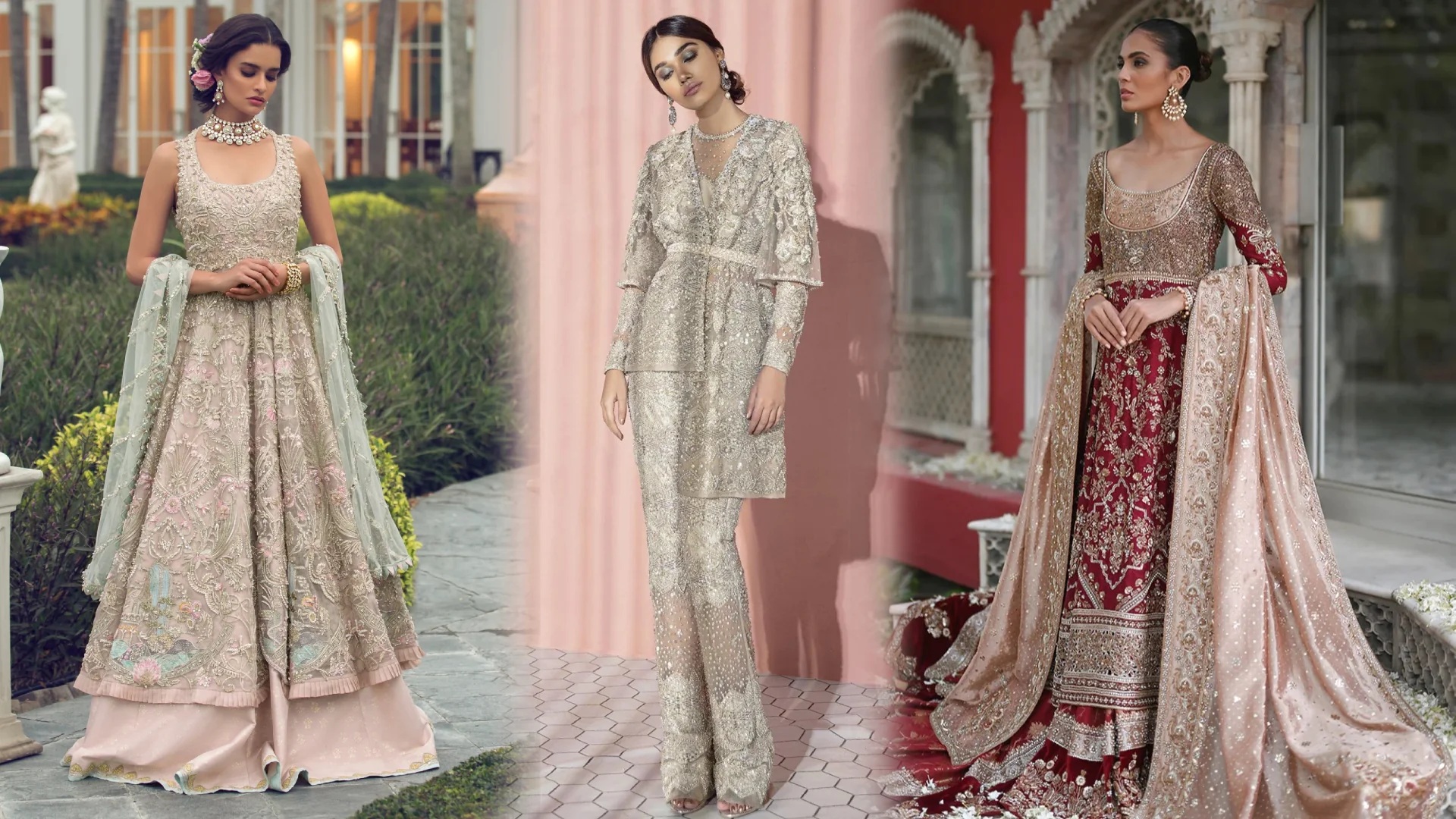Introduction
Pakistan, a land of rich cultural heritage and diversity, boasts a vibrant tapestry of traditional attire that reflects its history, ethnicity, and regional influences.
From the majestic silhouettes of the salwar kameez to the intricate embroidery of the saree, the Pakistani traditional dress embodies elegance, grace, and timeless beauty.
In this article, we delve into the fascinating world of Pakistani traditional attire, exploring its history, significance, and diverse styles that continue to captivate hearts around the globe.
The Salwar Kameez: A Timeless Classic
Origins and Evolution
The salwar kameez, Pakistan’s quintessential traditional dress, traces its origins to the Mughal era, where it was popularized as a symbol of elegance and refinement.
Over the centuries, the garment has evolved to encompass a myriad of styles, fabrics, and embellishments, reflecting the cultural diversity of the region.
Design and Silhouette
The salwar kameez typically consists of three components: the kameez (a long tunic), the salwar (loose-fitting trousers), and the dupatta (a long scarf).
While the basic silhouette remains consistent, variations in neckline, sleeve length, and embellishments allow for endless customization and personalization.
Embroidery and Embellishments
One of the hallmarks of the salwar kameez is its exquisite embroidery and embellishments, which add a touch of opulence and sophistication to the garment.
Intricate patterns, delicate threadwork, and shimmering embellishments such as zardozi, sequins, and beads adorn the fabric, creating a mesmerizing interplay of texture and color.
The Saree: A Symbol of Elegance and Grace
History and Heritage
The saree, a draped garment worn by women across South Asia, holds a special place in Pakistani culture as a symbol of femininity, grace, and tradition. Its origins can be traced back thousands of years, with references found in ancient texts and sculptures depicting women draped in fabric.
Draping Styles
The saree is draped in various styles across different regions of Pakistan, each with its own unique characteristics and cultural significance. From the graceful drape of the Nivi style to the intricate pleats of the Gujarati style, each draping technique reflects the wearer’s regional identity and personal taste.
Fabric and Embroidery
Sarees are crafted from a wide range of fabrics, including silk, chiffon, georgette, and cotton, each offering its own distinct texture and drape. Embroidery techniques such as zari, gota, and resham work adorn the saree, adding a touch of glamour and sophistication to the garment.
The Sherwani: Exuding Elegance and Regality
Royal Heritage
The sherwani, a traditional men’s garment characterized by its long coat-like silhouette, traces its origins to the royal courts of the Mughal empire. Originally worn by nobles and aristocrats, the sherwani has evolved into a symbol of elegance and regality, often worn on special occasions such as weddings and festive celebrations.
Design and Detailing
Sherwanis are typically crafted from luxurious fabrics such as silk, velvet, and brocade, featuring intricate embroidery, embellishments, and embellishments such as zardozi, sequins, and beads. The garment is often paired with matching trousers (churidar or pajama) and accessorized with a turban (pagri) or stole (dupatta) for added elegance.
The Kurti and Pajama: Casual Comfort with Traditional Flair
Everyday Elegance
The kurti and pajama ensemble offers a blend of traditional flair and contemporary comfort, making it a popular choice for casual wear and everyday occasions. The kurti, a knee-length tunic, is paired with straight-cut trousers (pajama) or leggings for a stylish yet comfortable look.
Versatility and Variety
Kurtis are available in a wide range of styles, fabrics, and designs, from simple cotton prints to elaborate silk embroideries. They can be dressed up or down depending on the occasion, making them a versatile addition to any wardrobe. Paired with statement accessories such as jhumkas (earrings) and juttis (embroidered shoes), the kurti and pajama ensemble exudes effortless elegance and charm.
Conclusion
Pakistani traditional dress embodies the essence of elegance, grace, and timeless beauty, reflecting the rich cultural heritage and diversity of the region. From the majestic silhouettes of the salwar kameez to the draped elegance of the saree, each garment tells a story of tradition, craftsmanship, and artistic expression. Whether worn on special occasions or as part of everyday attire, Pakistani traditional dress continues to captivate hearts around the world with its exquisite designs, intricate detailing, and enduring allure.

